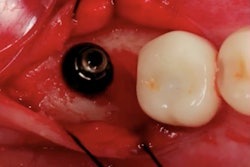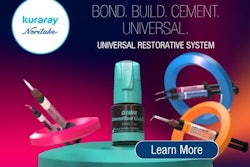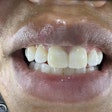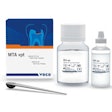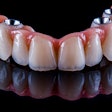In this week's clinical tip, courtesy of CDOCS, Dr. Farhad Boltchi discusses the use of a double membrane socket graft and how it can be an effective solution for some oral surgery cases.
Video transcript
"In this tip of the day, I would like to discuss the double-membrane socket grafting technique.
"Now, a lot of times, we have got socket defect anatomies that are very, very challenging. In this case here, we extracted a vertically fractured premolar, and we are left with a defect in the socket that is very, very extensive.
"You can see here we have got extensive loss of buccal bone and also extensive loss of palatal bone. So in this type of defect and in these types of sockets, if we just pack some bone and hope for that to turn into adequate bone for implant placement, a lot of times that will not work.
"So the more challenging the defect anatomy is, we have to do more on our part to regenerate that site for adequate implant placement. So in these types of cases, what I like to do is that I like to use a double-membrane technique. You can see here. We have packed the bone and into the socket area, reconstructing that entire area, but we then first place a long-acting, resolvable membrane. In this case, this is an OSSIX Plus membrane that we place as the first layer. And then on top of that, we place a titanium-reinforced PTFE membrane that will then act as our secondary membrane.
"If we have to remove that secondary, nonresorbable membrane earlier, if it becomes exposed or we leave it exposed, we can and we still have the underlying, long-resorbing membrane, all six plus, in this case, to act as a buffer to regenerate the bone.
"So we can see here, in these types of cases, we typically wait about five to six months, and when we go back in, whether or not we have removed that PTFE membrane earlier, we remove it at the time of surgery if it doesn't get exposed. Now we can see that OSSIX Plus membrane is actually completely intact. So we can actually punch right through it, leave the rest of the membrane in there, because it resorbs very, very slowly over six to 12 months, and then we can place our implant in the ideal position in the ideal reconstructed ridge.
"So this is a nice technique to use when we have got extended defects and still use a minimally invasive socket grafting technique, but with a double-membrane technique that ensures that we get good ridge contours after regeneration.
"I hope this tip of the day has been helpful. And as always, if you have any questions, please refer to CDOCS.com for more information, videos, and discussion on topics similar to this."




